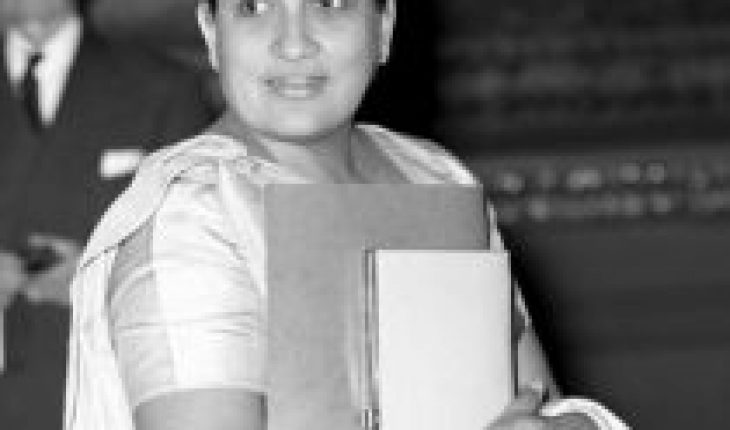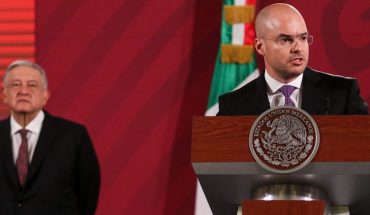
When Sirima Bandaranaike arrived at the post of prime minister at the then Ceylon on July 21, 1960, she follows the wake of her husband, S.W.R.D. Bandaranaike, who had held office from 1956 until his assassination, three years earlier, at the hands of an extremist Buddhist monk. Sirima Bandaranaike continued her husband’s work and was head of government until 1965. She returned to office from 1970 to 1977 and from 1994 to 2000, when her daughter Chandrika Kumaratunga will be president. The position of prime minister was at the time almost symbolic.
Indira Gandhi, controversial government, tragic end
After Bandaranaike, Indira Gandhi became Prime Minister in India in 1966. The daughter of the essential figure of the country’s independence, Jawahrlal Nehru, will hold office until 1977, and then from 1980 until her assassination, four years later.
In 1980, Iceland became the first country in the world to elect a woman as president in an election. This is Vigdis Finnbogadottir.
Isabel Perón, a legend is born
Six years earlier, Isabel Perón had been appointed president of Argentina, when her husband, Juan Domingo Perón, died, but he took office without going through an election. Vigdis Finnbogadottir is re-elected three times, until 1996, and will not even have opponents in the 1984 and 1992 elections.
The presidency in Iceland is an almost honorary office and Vigdis Finnbogadottir concentrates on promoting his country abroad. Since 2017, the country’s prime minister is Katrín Jakobsdóttir. In 1994, Sweden became the first country in the world with a government where there is parity between men and women. Social Democratic Prime Minister Ingvar Carlsson appoints Mona Sahlin, deputy prime minister and equality officer.
Twenty years later, Sweden breaks down a new barrier and is the first country in the world whose government proclaims itself “feminist” and puts “gender equality” at the center of its priorities. Subsequently, the Spanish and Canadian governments have followed in their footsteps in terms of parity.
Rwanda, first Parliament with a female majority
In the period following the Tutsi genocide in Rwanda in 1994, the population is made up largely of women and in 2003 the government decided to grant them a greater presence in the country’s political life. The Constitution adopted that year introduces quotas indicating that at least “30% of the charges (…) decision-making bodies” must be attributed to women.
But in 2008 Rwanda goes further and becomes the first country in the world to have a female majority in Parliament. In June 2020, of the 80 Members of Parliament, 49 are women, or more than 60%. In 2015, Saudi Arabia was the last country to grant voting rights to its citizens, 122 years after the first country to do so, New Zealand in 1893. This kingdom, ruled by a very rigorous version of Islam, is one of the most restrictive in the world for women.
From left to right: Sophie Wilmes, belgium’s first minute, Ursula von der Leyen, President of the European Commission, Angela Merkel, Chancellor of Germany and President of the European Council and Sanna Marin, Prime Minister of Finland.
Angela Merkel, Chancellor of Germany, President of the European Council
Germany is in June 2020 the only G7 country to be run by a woman, Angela Merkel. Margaret Thatcher was the first, in 1979 in the United Kingdom. Despite these cases, the leaders of most countries considered to be great powers remain male. The United States, Russia, China or Japan were never led by a woman.
The Inter-Parliamentary Union and UN Women measured in 2019 that one minister out of five and one mp in four is a woman. By June 2020, twenty-two states were ruled by a president, a prime minister or a chancellor.





